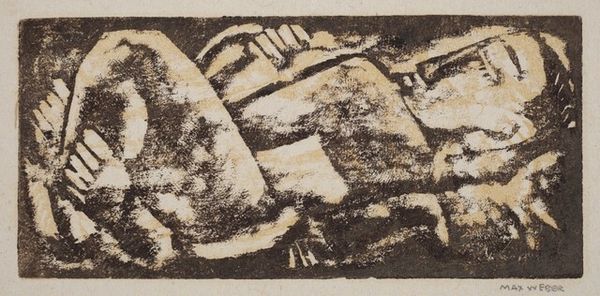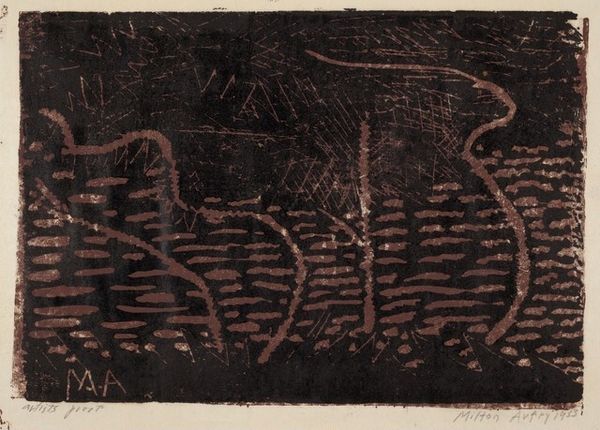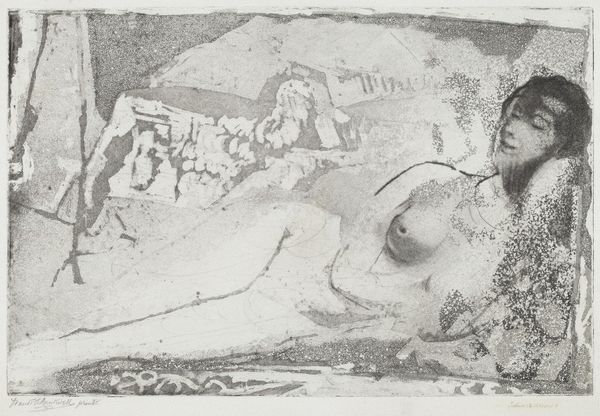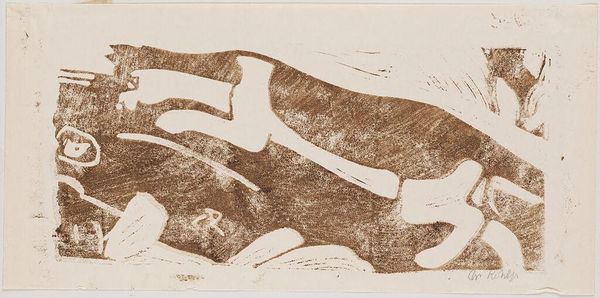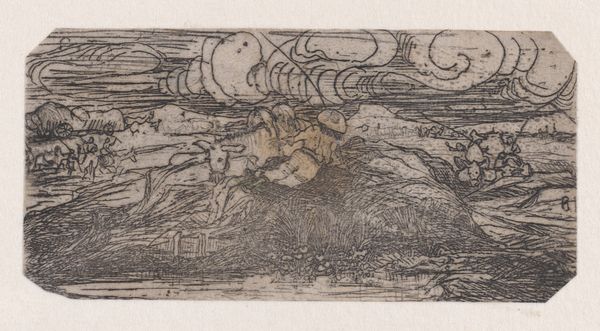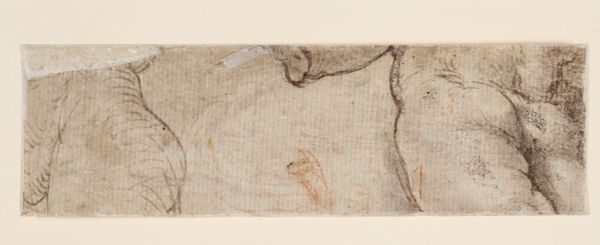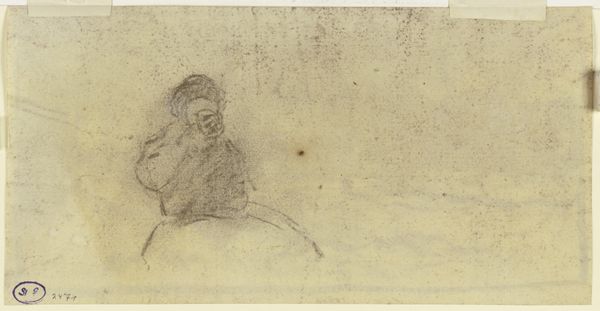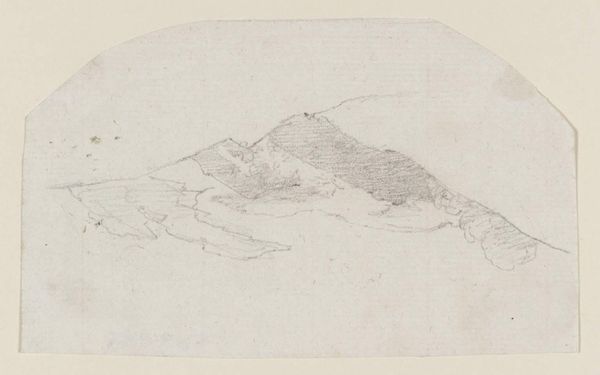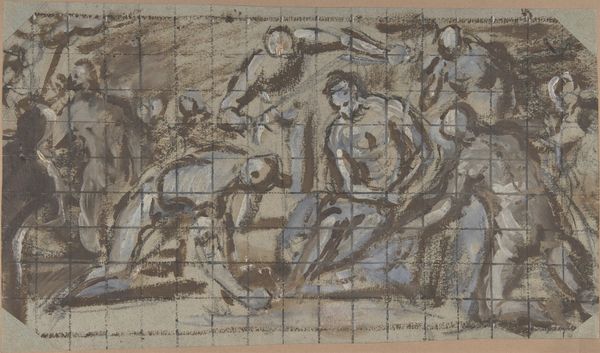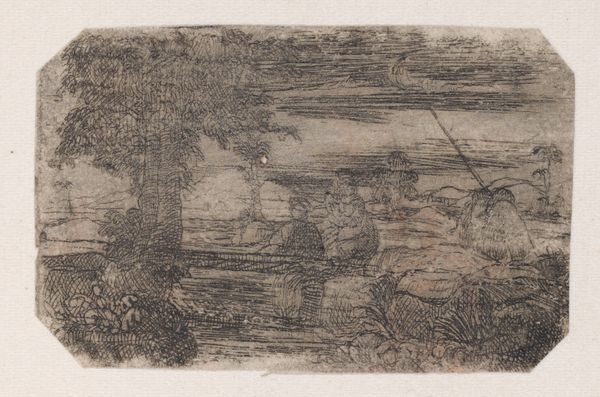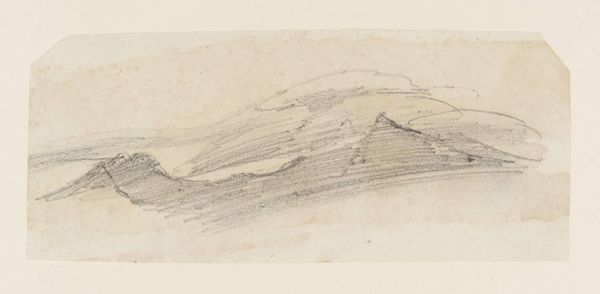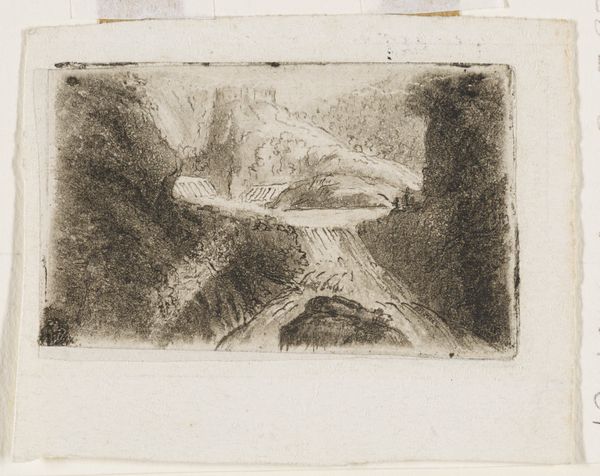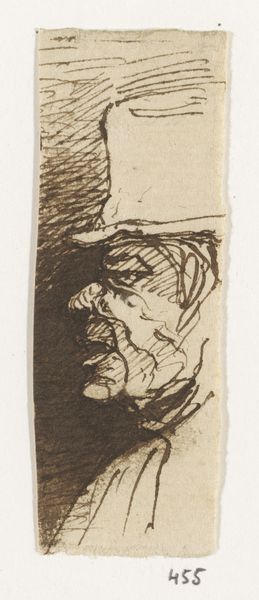
print, etching
#
pencil drawn
# print
#
etching
#
pencil sketch
#
charcoal drawing
#
figuration
#
charcoal art
#
expressionism
#
nude
#
modernism
Dimensions: image: 10.5 x 4.8 cm (4 1/8 x 1 7/8 in.) sheet: 18.4 x 18.7 cm (7 1/4 x 7 3/8 in.)
Copyright: National Gallery of Art: CC0 1.0
Curator: Here we have Max Weber's "Crouching Nude," an etching and print created around 1919 or 1920. The lines appear hastily but deliberately placed. What are your initial thoughts? Editor: My first impression is discomfort. The pose is so compressed, almost fetal, and the rough lines amplify that feeling of vulnerability. It almost feels like a raw scream in visual form. Curator: Indeed. The era is key. After World War I, a pervasive sense of disillusionment shaped artistic expression. Weber, a Jewish émigré from Russia, often engaged with themes of alienation and urban existence in his art. We should see how Expressionism can be perceived here. Editor: I can see it. Considering this work through a lens of post-war trauma, the figure becomes a symbol of broken humanity,蜷縮ing away from the world's brutality. How interesting that it's called a 'nude', rather than using another term! The use of nudes in art can create interesting statements. Curator: Certainly. Weber's urban experiences in New York also play a role. He witnessed rapid industrialization and social upheaval, impacting his art, prompting one to reconsider established institutions of thought. Editor: I'm thinking about how this image might resonate today, within feminist discourse surrounding the male gaze. It can be seen as deconstructing idealised, sensualized representation of the female form, especially through art that can evoke pain or vulnerability. Curator: Exactly! His treatment disrupts the conventional male gaze, presenting a raw and unsentimental view of the human condition, pushing art historical boundaries to challenge existing views on femininity and the nude within institutional contexts. The reception of such artwork often prompts essential societal conversations. Editor: It's unsettling, but there’s a power in that discomfort. It stays with you, forcing you to confront uncomfortable truths. It can inspire an alternative and perhaps even intersectional approach to both life, but perhaps more precisely, art. Curator: Absolutely. It provides a valuable glimpse into how sociopolitical issues, coupled with art production can produce emotional reflections on life. Editor: Thanks to your analysis, I now appreciate Weber’s piece as a poignant reflection of a world in flux. The power of art is quite overwhelming. Curator: Likewise! Examining how cultural context shapes artistic representation is critical.
Comments
No comments
Be the first to comment and join the conversation on the ultimate creative platform.
